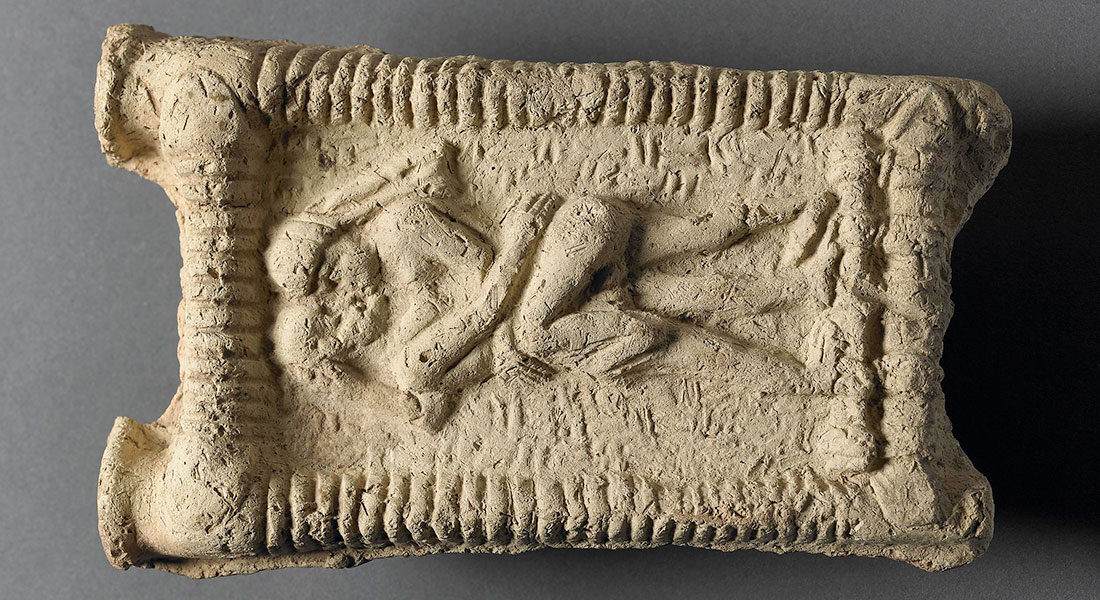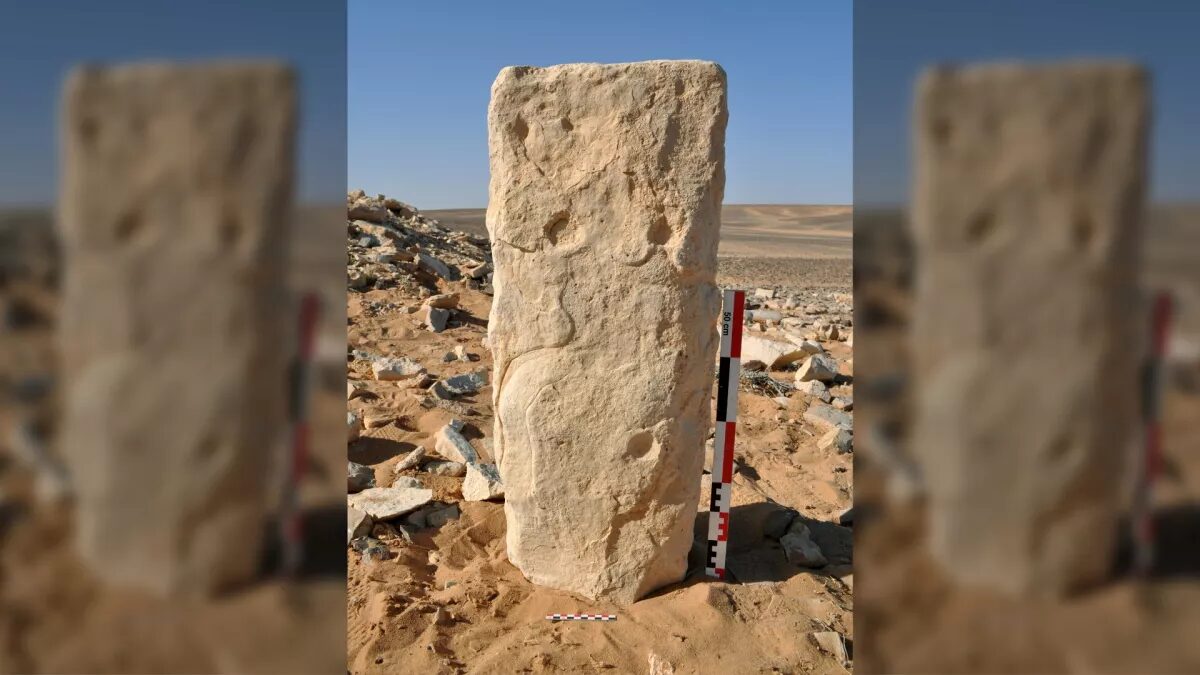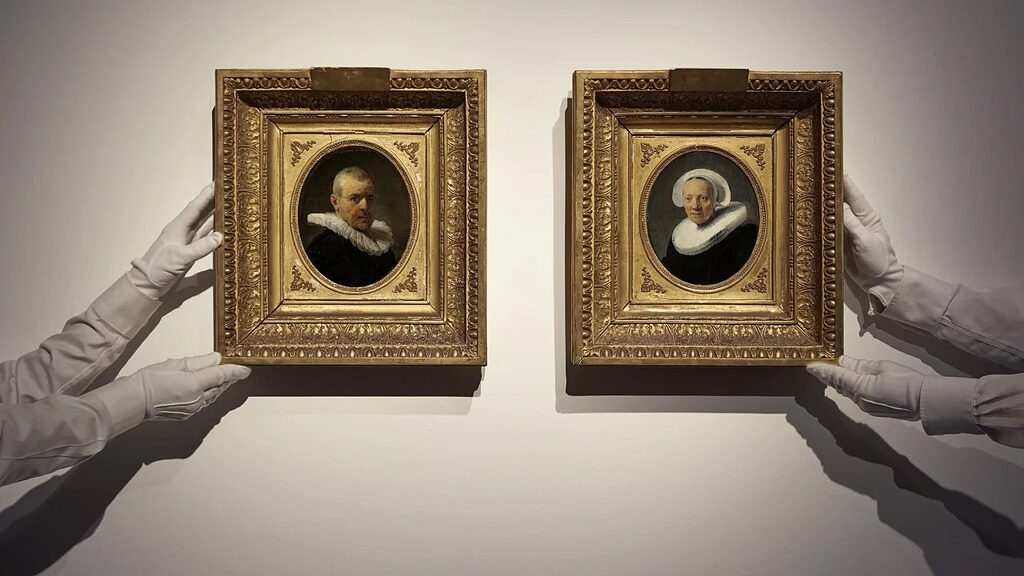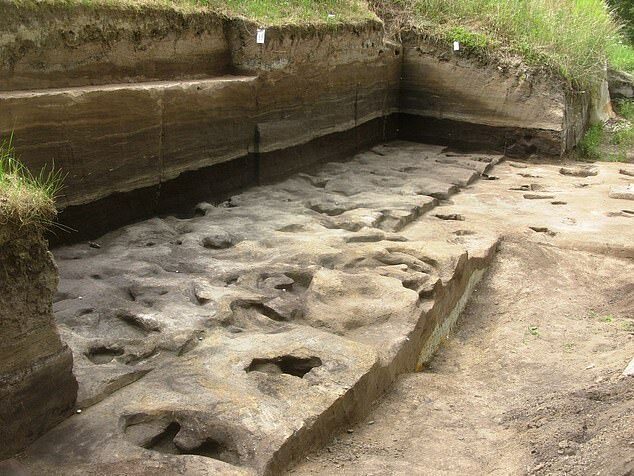MESOPOTAMIA Written sources from Mesopotamia suggest that kissing in relation to sex was practiced by the peoples of the ancient Middle East 4,500 years ago. The sources have been analysed by researchers from the University of Copenhagen and University of Oxford in a new article published in the journal
Science.

© The Trustees of the British Museum, CC BY-NC-SA 4.0, not for commercial useBabylonian clay model showing a nude couple on a couch engaged in sex and kissing. Date: 1800 BC.
Recent research has hypothesised that the earliest evidence of human lip kissing
originated in a very specific geographical location in South Asia 3,500 years ago, from where it may have spread to other regions, simultaneously accelerating the spread of the herpes simplex virus 1.But according to
Dr Troels Pank Arbøll and
Dr Sophie Lund Rasmussen, who in
a new article in the journal Science draw on a range of written sources from the earliest Mesopotamian societies, kissing was already a well-established practice 4,500 years ago in the Middle East. And probably much earlier, moving the earliest documentation for kissing back 1,000 years compared to what was previously acknowledged in the scientific community.
"In ancient Mesopotamia, which is the name for the early human cultures that existed between the Euphrates and Tigris rivers in present-day Iraq and Syria, people wrote in cuneiform script on clay tablets. Many thousands of these clay tablets have survived to this day, and they contain clear examples that kissing was considered a part of romantic intimacy in ancient times, just as kissing could be part of friendships and family members' relations," says Dr Troels Pank Arbøll, an expert on the history of medicine in Mesopotamia.
He continues:
"Therefore, kissing should not be regarded as a custom that originated exclusively in any single region and spread from there but rather appears to have been practiced in multiple ancient cultures over several millennia."
Dr Sophie Lund Rasmussen adds:
"In fact, research into bonobos and chimpanzees, the closest living relatives to humans, has shown that both species engage in kissing, which may suggest that the practice of kissing is a fundamental behaviour in humans, explaining why it can be found across cultures."





Comment: See also: Charles' empire: The royal reset riddle